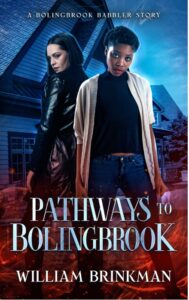 Title: Pathways to Bolingbrook
Title: Pathways to Bolingbrook
Author: William Brinkman
Publisher: Self-Published
Publication Date: February 27, 2022
Genres: Fantasy, Mystery, Historical
Length: 26 pages
Source: I received a free copy from the author.
Rating: 3 Stars
Blurb:
Two desperate women search for answers in this gripping Urban Fantasy double-header.
Miriam craves escape from her dead-end life in Iowa City. A stranger’s offer could make her dream come true… or plunge her into a nightmare.
Sara, reporter for a struggling paper, stumbles on a cryptic recording—one she doesn’t remember making. Could uncovering the truth destroy her career… or her family?
The quiet suburb of Bolingbrook masks dark secrets. Stories about local paranormal activities fill the pages of the local tabloid, Bolingbrook Babbler. Are they just tales or terrifying truths?
Will Miriam embrace a dark path? Will Sara risk everything to expose a secret?
Review:
It takes a special sort of person to accept such dangerous and thankless work.
I enjoyed getting to know Miriam and Sarah in this introduction to their world. They were both intelligent and resourceful women who had already accomplished quite a bit with their lives before being approached by a mysterious man with the sort of job offer most folks will never be aware even exists much less have a chance to try for themselves. While they didn’t meet each other here much to my surprise, I could see a lot of similarities between their personalities that made me wonder what they’d think about each other at some point in the future when the plot does bring them together.
While I totally understand that this was written as an introduction to a series, it would have been nice to have more conflict. Almost all of it was devoted to introducing the two protagonists, briefly describing what their lives had been like so far, and giving hints about why they might decide to take on these new roles. Yes, it was interesting and completely necessary to have all of that background information, but it also meant that the characters didn’t have much to wrestle with during the brief time I knew them. I would have loved to see how they both handled some sort of small problem that could foreshadow what to expect from them in the future.
With that being said, I did enjoy the world building and little snippets of foreshadowing that occurred. Bolingbrook honestly sounds like a rough place to live, but it also seems like it could be full of wonderful surprises for Sarah and Miriam. My hope is that this will provide them plenty of conflict in later instalments as I thought there was a lot of promise here that hadn’t quite been realized yet.
Pathways to Bolingbrook was interesting.

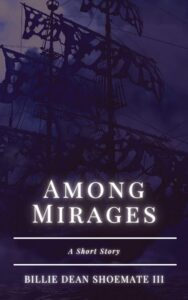 Title: Among Mirages
Title: Among Mirages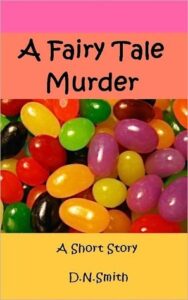 Title:
Title: 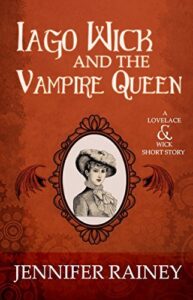 Title: Iago Wick and the Vampire Queen (Lovelace & Wick #1.5) by Jennifer Rainey
Title: Iago Wick and the Vampire Queen (Lovelace & Wick #1.5) by Jennifer Rainey
 Title: An English Heaven
Title: An English Heaven Title: What Love Survives & Other Stories
Title: What Love Survives & Other Stories Title: The Fall of Denver – A Tribute Story to the Original War of the Worlds by H.G. Wells
Title: The Fall of Denver – A Tribute Story to the Original War of the Worlds by H.G. Wells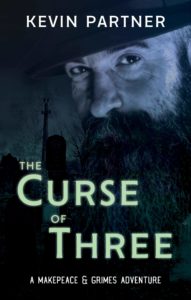 Title: The Curse of Three (
Title: The Curse of Three (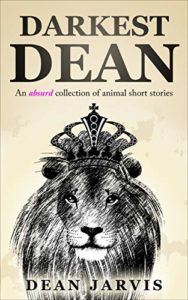 Title: Darkest Dean – Animal Short Stories
Title: Darkest Dean – Animal Short Stories